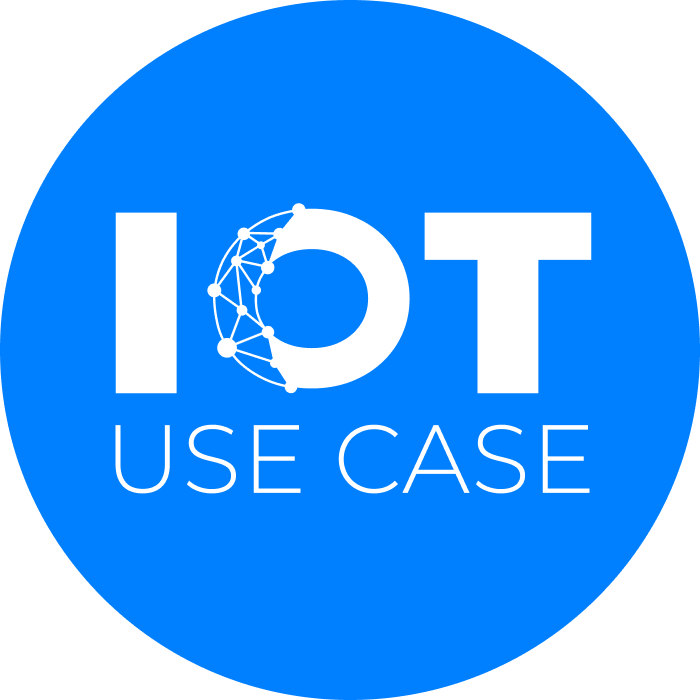Machine data is the basis for predictive maintenance and therefore for more efficient production overall with as few unplanned downtimes as possible. With residual current monitoring as the information basis for machine conditions, the principle also works on electrical installations. Doepke Schaltgeräte GmbH has developed the smart, modular e.Guard system for this purpose. At the heart of the system is the customized Revolution Pi hardware platform from KUNBUS.
The challenge: Complex cabling complicates the data flow for smart condition monitoring
Residual currents provide information about the condition of electrical systems. Any unexpected change in the residual currents occurring in the system may be an indication of impending faults or damage requiring intervention. These can be mechanical problems, wear or faults in the connections. Especially for current peaks and load drops, the query must be very fast, which conventional communication, e.g. via Modbus, cannot reliably achieve. The modules have to be addressed one after the other, which slows down the overall flow of information. When starting the system, there is always a very brief dip in voltage (low voltage). If this is unusually large, it may indicate issues that are not detected during a slow query. Other anomalies during peak loads are often not even noticed. The complex cabling in the control cabinet also requires rare and expensive specialist personnel. Doepke has been advising and developing residual current protection technology that meets the latest requirements and helps shape technological change for almost 70 years. The aim in developing e.Guard was to simplify the monitoring of residual currents. This requires a device that reliably and quickly records, stores and sends data to the cloud.
The solution: e.Guard detects residual currents reliably and in short cycles. The centerpiece Revolution Pi brings the data into any desired form and into the cloud
With e.Guard, Doepke has developed a flexible and modular system that collects data quickly and distributes it via a gateway. e.Guard makes residual currents visible and enables intelligent condition monitoring. The centerpiece of the gateway is the Revolution Pi as the communication interface between the e.Guard residual current monitor and the Linux-based e.Guard software. RevPis are used here as OEM devices with their own design and individual, pre-installed software. This visualizes the residual currents and documents their progression. Revolution Pi is a reliable partner when it comes to collecting data and transmitting it to the cloud. Users such as Doepke benefit from the open concept without vendor lock-ins, making it easy to integrate into existing systems. In-house hardware development is therefore no longer necessary. Individual graining, color selection and the installation of a custom software image are all part of OEM brand labeling.
Revolution Pi is an open, modular hardware platform based on the tried and tested Raspberry Pi Computer Module – an industrial Raspberry Pi. This makes the concept suitable for industrial use beyond prototype development. The Revolution Pi family consists of various basic and expansion modules. This turns a RevPi with the right setup into an IPC, a PLC – or even a gateway. Due to its versatility, Revolution Pi is ideal for individual, customized designs such as those used by Doepke for e.Guard.
The result: Reliable and individual automation with Revolution Pi
With Doepke e.Guard, users are taking condition monitoring of their electrical systems a step further:
On the one hand, intelligent monitoring allows for the omission of recurring insulation testing according to DIN VDE 0105-100/A1. In addition, the residual current data collected can be used to predict the future behavior of the system using machine learning (ML) methods. This means that maintenance, inspections and repairs can be planned and bundled at an earlier stage and impending damage can be detected in good time and even prevented.
This also has a favorable impact on insurance conditions or may enable insurance coverage altogether. Intelligent residual current monitoring thus increases system availability and implements predictive maintenance in electrical installations.





